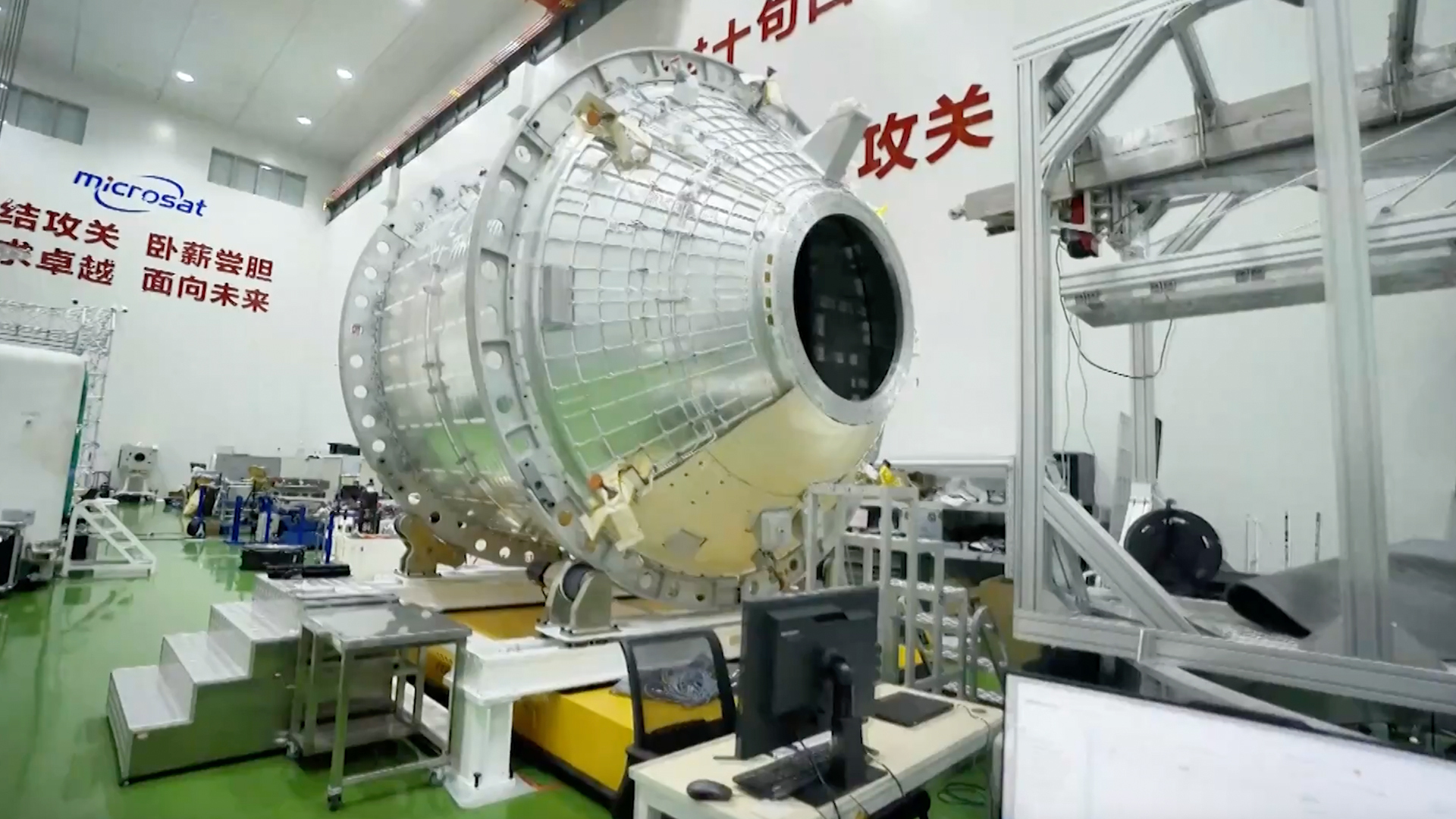'Outbursts' from Comet Leonard spotted by NASA satellite (video)
NASA's STEREO-A satellite caught this view of Comet Leonard as it continued to streak into the inner solar system last week. STEREO-A captured the warming comet as it cast off a gassy shroud and spiked in brightness.
Named for Gregory Leonard, an astronomer at the University of Arizona's Lunar and Planetary Laboratory who discovered the iceball in January 2021, Comet Leonard, or C/2021 A1, is a highly long-period comet. We're witnessing its first — and last — approach to the inner solar system for over 80,000 years.
In the past several days, as the comet neared the sun and heated up, it began to undergo "outbursts," in which it brilliantly throws off volatile material like gases and water ice. Those bursts appear as rapid changes in brightness, NASA officials wrote in an image description.
Video: Comet Leonard spotted by NASA satellite
Related: Want to see Comet Leonard? Here are telescope and binoculars recommendations
The image was captured by STEREO-A, a golf cart-sized telescope that launched in 2006 to observe the sun. (It launched with a twin, STEREO-B, but NASA lost contact with it in 2014.) STEREO-A has been watching Comet Leonard since November.
Leonard is the brightest comet of 2021, and it made its closest approach to Earth on Dec. 12 and to Venus on Dec. 17. But the comet's still coming closer to the sun. It will reach its closest point to our star on Jan. 3, 2022, at a distance of about 0.6 AU (56 million miles or 90 million kilometers). You can find out more about how to see Comet Leonard with these viewing tips from the comet's discoverer.
Follow us on Twitter @Spacedotcom and on Facebook.
Breaking space news, the latest updates on rocket launches, skywatching events and more!

Rahul Rao is a graduate of New York University's SHERP and a freelance science writer, regularly covering physics, space, and infrastructure. His work has appeared in Gizmodo, Popular Science, Inverse, IEEE Spectrum, and Continuum. He enjoys riding trains for fun, and he has seen every surviving episode of Doctor Who. He holds a masters degree in science writing from New York University's Science, Health and Environmental Reporting Program (SHERP) and earned a bachelors degree from Vanderbilt University, where he studied English and physics.

